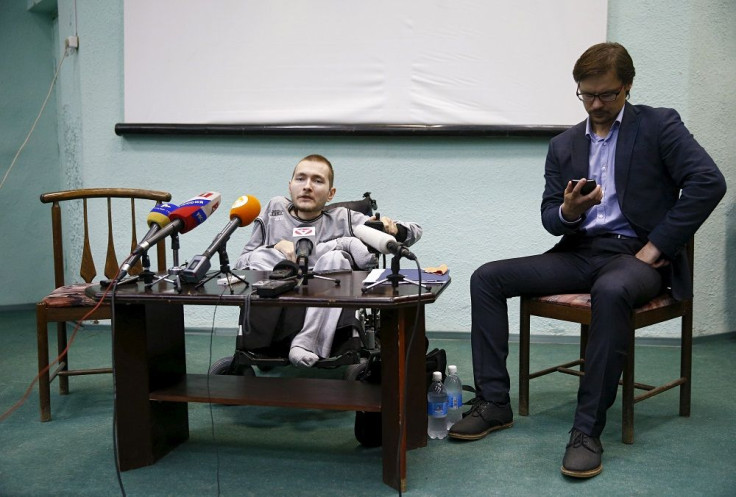Medical community sceptical of Dr Canavero’s planned head transplant in December 2017

One doctor calls it “worse than death,” while another referred to Italian surgeon Dr Sergio Canavero’s scheduled pioneering head transplant procedure on a Russian man in December 2017 as “bad science”.
These reactions as the date of the planned surgery fast approaches – just about 15 months away – are not surprising considering that when Canavero announced the procedure in April 2015, he was met with scepticism by the medical community. Alphr.com reports that more doctors continue to air their doubts on the viability of the delicate surgical procedure.
Dr Chad Gordon, professor of plastic and reconstructive and neurological surgery at John Hopkins University, describes Canavero’s planned transplant of the head of Valery Spiridonov, a 30-year-old Russian computer scientist suffering from Werdnig-Hoffman disease, to another man’s body as “scientifically implausible.” Gordon estimates it would take a century to figure out how “to hook up somebody’s brain to someone else’s spinal cord and have them be functional.”
Dr Jerry Silver, witness to a botched monkey head transplant procedure in the 1970s, says the planned surgery – to be done at the Harbin Medical University in Heilongjiang, China, where regulators are lax – is unethical. The rhesus monkey lived for eight days only because the spinal cord was not attached to its new head.
But before the body rejected the foreign head, the monkey could hear, smell and taste. Silver recalls seeing terrible pain, confusion and anxiety on the monkey’s face every time it woke up. “It was just awful. I don’t think it should ever be done again,” he says.
Vladimir Demikhov, a Soviet scientist, in another experiment in 1959, grafted the head of a dog on another dog, resulting in a dog with two heads. However, the dog died after four days. Demikhov repeated the experiment 24 times as he tried to discover a way to prevent the dogs from dying after the surgery, but he failed.
However, Spiridonov is willing to take the risk. He says he wants a chance to have a body free from disease and be mobile, rather than die with the ailment that causes his muscles to waste. He says, “This operation is aimed at restoring independence of severely disabled people. Once I get it back I’ll see what the life of a healthier person looks like,” quotes Sputnik News.
Contact the writer at feedback@ibtimes.com.au or tell us what you think below




















